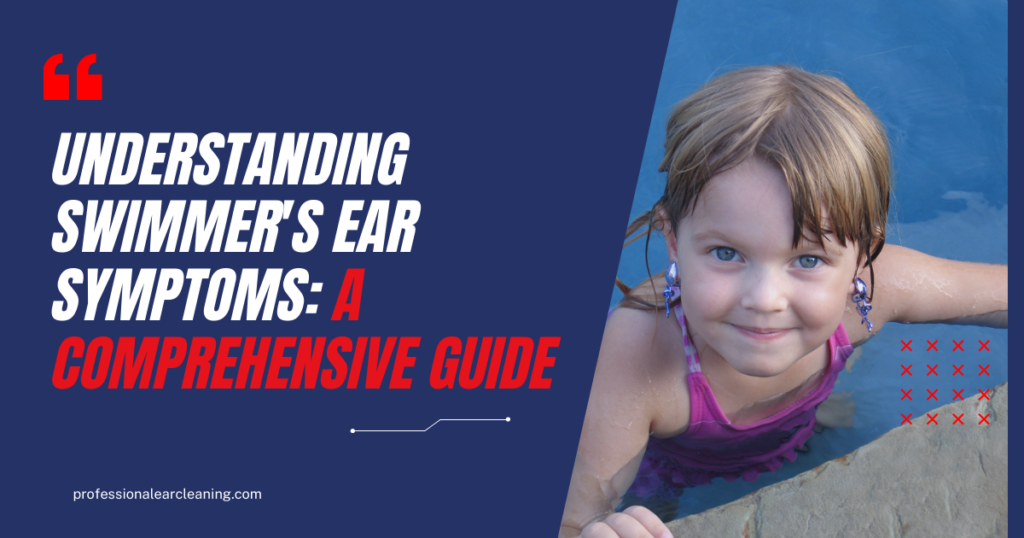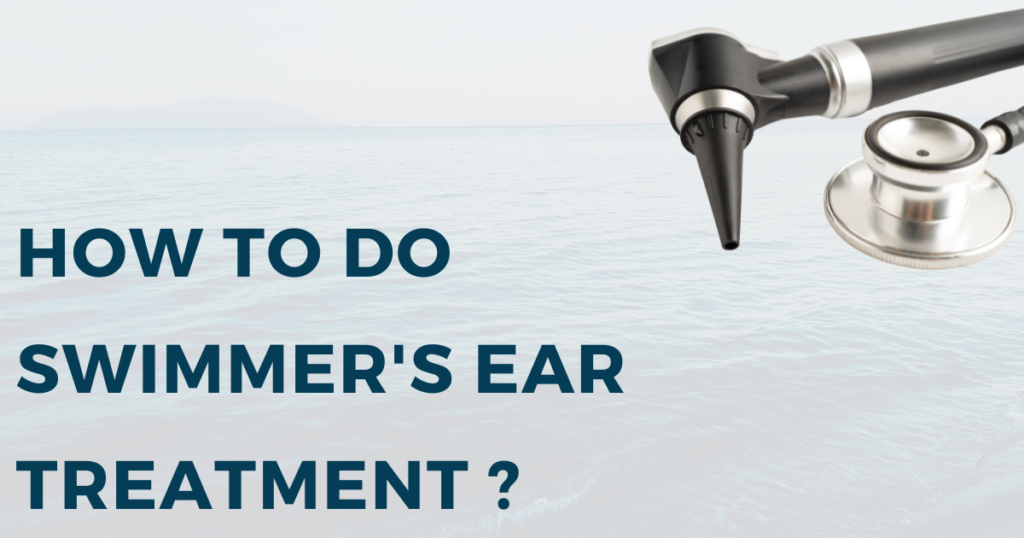Swimmer’s ear, or otitis externa, occurs when water gets trapped in the ear canal, leading to discomfort and potential infection. This condition affects many people, especially during swimming season. Understanding how to get rid of swimmer’s ear is crucial for maintaining ear health and preventing complications.
Swimmer’s ear often results in pain, itching, and discharge, which can be bothersome. If left untreated, it can lead to more severe infections and long-term issues. Fortunately, various methods effectively relieve the symptoms and prevent recurrence. In this article, you will explore practical strategies for eliminating swimmer’s ear and safeguarding your ears against future problems.
Understanding Swimmer’s Ear
What Causes Swimmer’s Ear?
Swimmer’s ear primarily arises from moisture trapped in the ear canal. Bacteria or fungi thrive in this environment, leading to infection. Engaging in activities like swimming, bathing, or even excessive ear cleaning increases the risk. Additionally, certain factors like allergies, skin conditions, and irritants can contribute to the problem.
Signs and Symptoms to Recognize
Identifying swimmer’s ear early is essential for effective treatment. Common symptoms include itching in the ear canal, redness, swelling, and discomfort. You might also experience fluid drainage or a feeling of fullness in the ear. Recognizing these signs allows for prompt action, ultimately speeding up recovery.
Effective Home Remedies
Keeping Ears Dry
Keeping your ears dry plays a vital role in preventing and treating swimmer’s ear. After swimming or bathing, gently dry your ears using a towel. You can also tilt your head to encourage any trapped water to escape. Consider using earplugs or a swim cap to prevent water from entering your ears during future water activities.
Vinegar and Rubbing Alcohol Solution
A simple solution of equal parts white vinegar and rubbing alcohol can effectively help dry out the ear canal and create an unfavorable environment for bacteria. With a dropper, apply a few drops into the affected ear. This method works well for alleviating discomfort and preventing future infections.
Warm Compress Application
Applying a warm compress to the outer ear can relieve pain and discomfort. The heat helps improve blood circulation, promoting healing. Simply soak a cloth in warm water, wring it out, and place it against your ear for 20 minutes. This soothing technique enhances comfort and encourages recovery.
Over-the-Counter Treatments
Pain Relievers
Over-the-counter pain relievers like ibuprofen or acetaminophen can alleviate discomfort associated with swimmer’s ear. Taking these medications as directed can help reduce pain and inflammation, allowing you to go about your day with less disruption.
Ear Drops
Many ear drops specifically target swimmer’s ear. Look for drops containing analgesics to relieve pain and ingredients that help dry out excess moisture. Following the instructions carefully ensures you maximize the effectiveness of these products.
Seeking Professional Help
When to Visit a Doctor
If symptoms persist for more than a couple of days or worsen, seeking medical advice is crucial. A healthcare professional can evaluate your condition and prescribe stronger medications if necessary. Don’t hesitate to seek help if you experience severe pain, fever, or drainage of pus.
Prescription Treatments
In some cases, doctors may prescribe antibiotic or antifungal ear drops. These medications effectively combat the underlying infection and facilitate faster recovery. Always follow your healthcare provider’s instructions to ensure the best outcomes.
Preventing Future Occurrences
Ear Hygiene Practices
Maintaining proper ear hygiene is key to preventing swimmer’s ear. Avoid inserting cotton swabs or other objects into your ears, as this can irritate the ear canal and push debris further in. Instead, clean the outer ear with a cloth to keep it free of wax and dirt.
Limiting Moisture Exposure
To minimize the risk of swimmer’s ear, limit moisture exposure to your ears. Use earplugs when swimming, and consider wearing a swim cap. After swimming, dry your ears thoroughly, and avoid prolonged exposure to damp environments.
Swimmer’s ear can be uncomfortable and inconvenient, but various effective strategies exist to eliminate it and prevent future occurrences. Keeping your ears dry, using simple home remedies, and seeking professional help when needed are essential steps in managing this condition. By following these guidelines, you can enjoy your time in the water without the worry of swimmer’s ear. For optimal ear health, incorporate these practices into your routine, and don’t hesitate to reach out to a healthcare provider for additional advice.



